Standard Playing Card Patterns
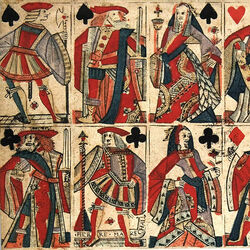
Standard patterns are when a certain design becomes established in a certain region and all local manufacturers produce a version of it. It then becomes traditional in that region or in other regions where it is adopted.
Some modern patterns are descendants of patterns used three of four hundred years ago. For example, the widely-used standard Anglo-American pattern seen today derives from sixteenth century French designs.
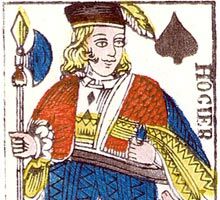
Swiss French Suited Playing Cards, c.1840
French-suited playing-cards in the Paris pattern appeared in Switzerland around the end of the sixteenth century, when many Lyonnais cardmakers were driven away by heavy taxes.
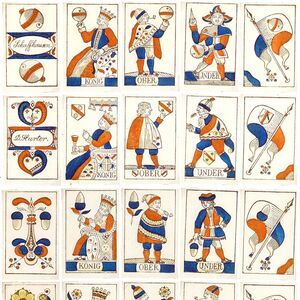
Swiss Playing Cards by David Hurter, c.1830
David Hurter had begun to build up a playing card business in Schaffhausen during the late 18th century.
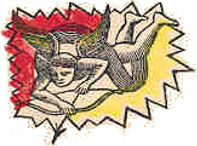
Tarocco Piemontese | Piedmontese tarot
The double ended version of the Piedmontese Tarot evolved during the second half of the nineteenth century, most probably in Turin. It is still produced and used today.

Trentine Pattern
Trentine Pattern
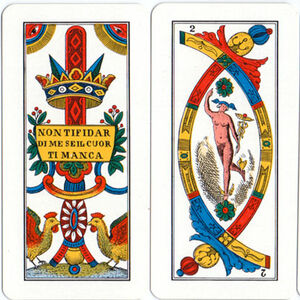
Trevisane pattern
The double-ended version of the ‘Trevisane’ pattern originated in the early 19th century.
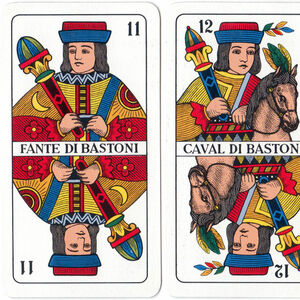
Triestine Pattern
The Triestine pattern is derived from the Venetian (Trevisane) pattern but with its own characteristics.
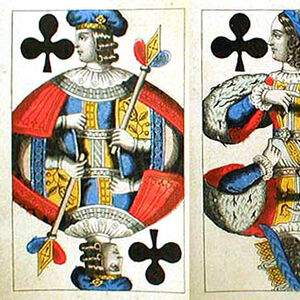
Wiener pattern
The Vienna pattern, or Wiener Bild, is a distant relative of the early Lyons pattern. The King of Hearts carries a scroll in his hand.

